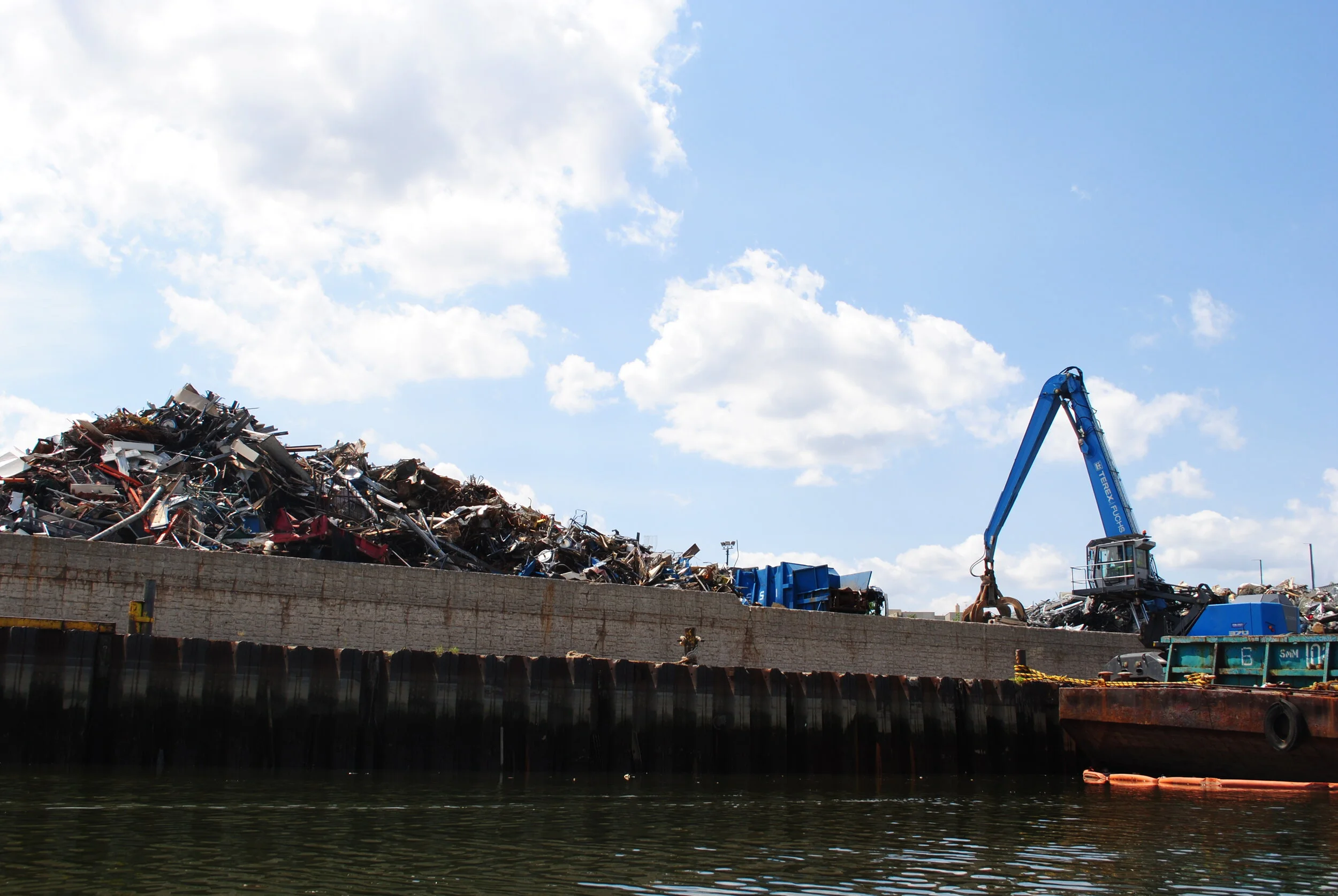Urban Matters
A q&a with the co-founder of Bronx Móvil, a “project of radical love” involving unhoused people who use drugs.
An exodus from frontline service agencies is creating a crisis in local governments across the nation.
Some 873,000 workers in major New York State low-paid industries are misclassified as independent contractors.
Nearly 4.5 people in the U.S. are still exposed to pollution from municipal waste incinerators.
Transit costs often overwhelm the budgets of low-income New Yorkers. Many don’t even know that they’re eligible for half-price fares.
Investing in workforce training and placement is the next, crucial phase of recovery from Covid-19’s job disruptions.
New York City should beef up mental health resources instead of building up systems of enforcement and punishment
An immigrant delivery worker from Mexico says his dream is to be protected on the job and “live without fear.”
We have a housing crisis that’s also a public health emergency. Here are some things the next mayor can do about it.
New York City still lacks a coherent digital learning strategy. Here’s how to develop one.
Covid-19 puts young people aging out of foster care at immediate, heightened risk of homelessness and unemployment.
The author of a new book on homelessness in Seattle looks at how an upcoming referendum on this issue is shaping up.
The time is ripe for a holistic strategy to strengthen historically traumatized communities.
Grace under pressure: An FDNY fireboat engineer recalls the spontaneous bravery and humanity that so many showed after the attack on the World Trade Center and reminds us that “each of us has that capacity within.”
Even in a relatively middle-class community, the pandemic’s effects are powerful and likely to be long-lasting.
Recycling and composting stalled or went into reverse during the pandemic lockdown. Here’s how to get things moving again.
What the next mayor -- with help from Albany and Washington -- can do to relieve a looming housing crisis.
Why budget makers love the way Federal rescue dollars are arriving – and how they might use them.
State and City governments both will get a reprieve from the worst-case scenarios forecast at the height of the pandemic-induced recession.
Green energy and green jobs: a restorative justice prescription for a healthier New York City.
Will the city’s next leaders right the environmental wrongs that have worsened the pandemic?
We write from the strange world of coronavirus recovery; we write from this time when Covid-19 in the past tense does not yet apply.
How will pandemic-forced changes alter admission to many of New York City’s most sought-after secondary schools?
Here’s what to keep in mind as State officials grapple with the pandemic’s dire effects on New York State’s economy and finances.
Commercial rent regulation? Tax relief? What kind of help do New York City’s small business es, and their landlords, need?
Will small businesses survive the pandemic? And what can and should government do to help them weather the tough months ahead?
Reports
The Astoria Project survey captures the multi-dimensional impact on a single New York City neighborhood during the Covid-19 pandemic, bringing together economic findings, reflections on health and mental health effects, and new perceptions of risk now enveloping routine daily activities. From professional salaried employees to low-income gig workers, and workers in hospitality to those in health care, the pandemic has taken a toll on the economic, health, and psychological well-being of residents across the borough. The Astoria Project survey identifies the economic and social needs that the city will have to address in order to rebuild after Covid-19 as a more inclusive and equitable place for living, working, and thriving.
A joint report with the NYC Employment & Training Coalition provides insight into the struggles and accomplishments of the workforce development sector in the economic landscape of the past year’s job losses, dramatic shifts in patterns of work, and the unequal and disproportionate consequences the pandemic had for the most vulnerable New Yorkers, as well as highlights the various ways workforce organizations have pivoted to and developed new digital infrastructures to continue to train and connect people to employment throughout the pandemic.
New York City lost 750,000 payroll and self-employed/independent contractor jobs on average between the months of February and December in 2020. The loss for the entire year was the worst single-year city job decline since the 1930s. The partial rebound since last spring has been called a K-shaped recovery for good reason; many in the bottom half of the economy have lost jobs or earnings and are experiencing severe housing and food insecurity, while most of those in the top half retain their jobs, and many have seen their financial assets rise in value. The city’s underemployment rate is 25 percent. This report examines the Covid-19 economic and employment impact in New York City, including the demographic and industry contours of the job market effects and how the pandemic has exacerbated wage and income inequality.
As the Covid-19 pandemic grinds on, hospitals around New York State report a growing crisis for children who need mental health care: Suicide attempts and other psychiatric emergencies are up, inpatient units are full, and very sick kids regularly spend days in loud and crowded emergency rooms, waiting for beds to open up.





























































